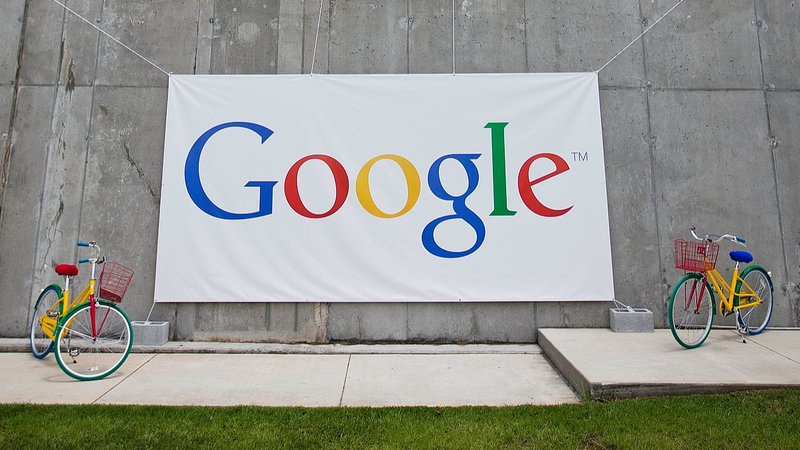Space may ignite our imagination, but it also speeds up aging in the very cells that keep us alive. New NASA-funded research has tracked human hematopoietic stem and progenitor cells—vital for blood and immune system health—aboard four SpaceX resupply missions to the International Space Station.
Between December 2021 and March 2023, scientists conducted real-time monitoring of bone marrow samples from individual donors. After 30 to 45 days in microgravity, flown cells lost some of their ability to form new blood cells, showed increased DNA damage, and had shorter telomeres—the protective caps at chromosome ends.
"Stem cell regenerative capacity was diminished but with some variability between bone marrow donors," says Catriona Jamieson, senior author of the study in Cell Stem Cell. This variability suggests that some people naturally activate anti-aging resilience factors in their stem cells.
Under the combined stress of microgravity and cosmic radiation, these key cells became overactive, depleting their reserves and triggering inflammation, mitochondrial stress, and activation of normally silent sections of the genome. The result? A higher risk of reduced tissue repair, weaker immune surveillance, and potentially shorter lifespan.
For astronauts on longer missions—where bone density loss, muscle atrophy, and radiation exposure are already concerns—stem cell aging adds another layer of risk. But the insights extend to Earth: by understanding these mechanisms, researchers aim to develop interventions that boost stem cell resilience, helping both future explorers and people facing age-related diseases like cancer.
Next steps include testing protective strategies during a recent SpaceX mission. If successful, these measures could help ensure that the next generation of spacefarers return home as healthy as they were when they blasted off.
Reference(s):
Study: Spaceflight accelerates aging of human blood-forming stem cells
cgtn.com




